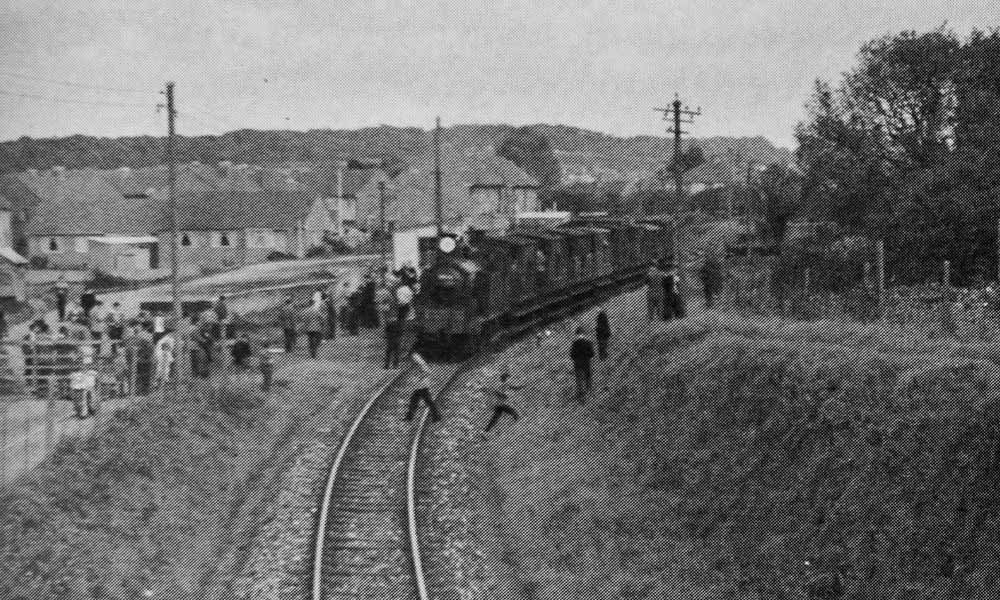Oreston Station was on the line from Plymouth to Turnchapel and just outside of Plymstock.
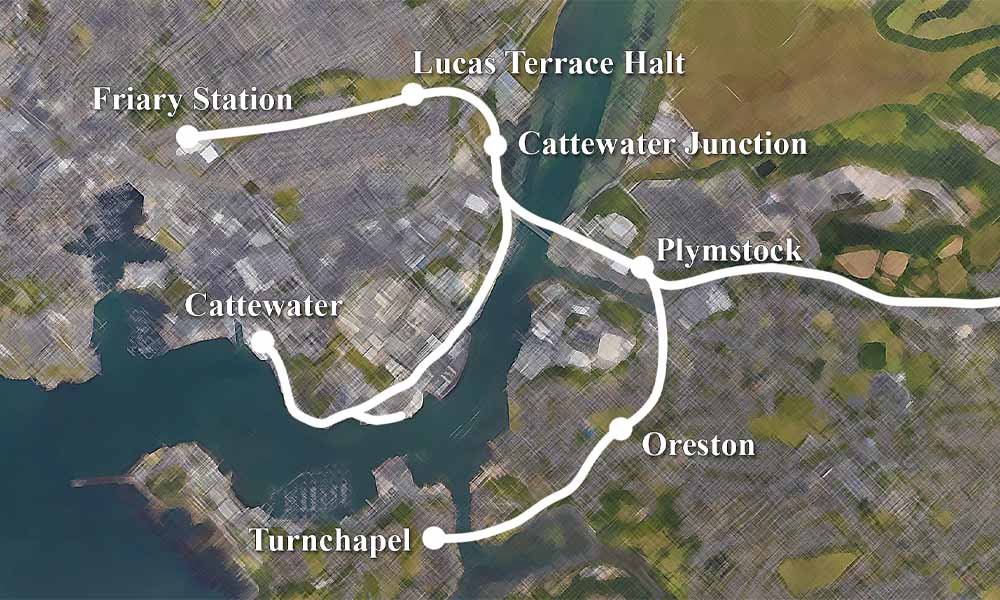
The station was on the main line, which is now a walkway into Plymouth. It’s just next to the playing fields for Oreston school.
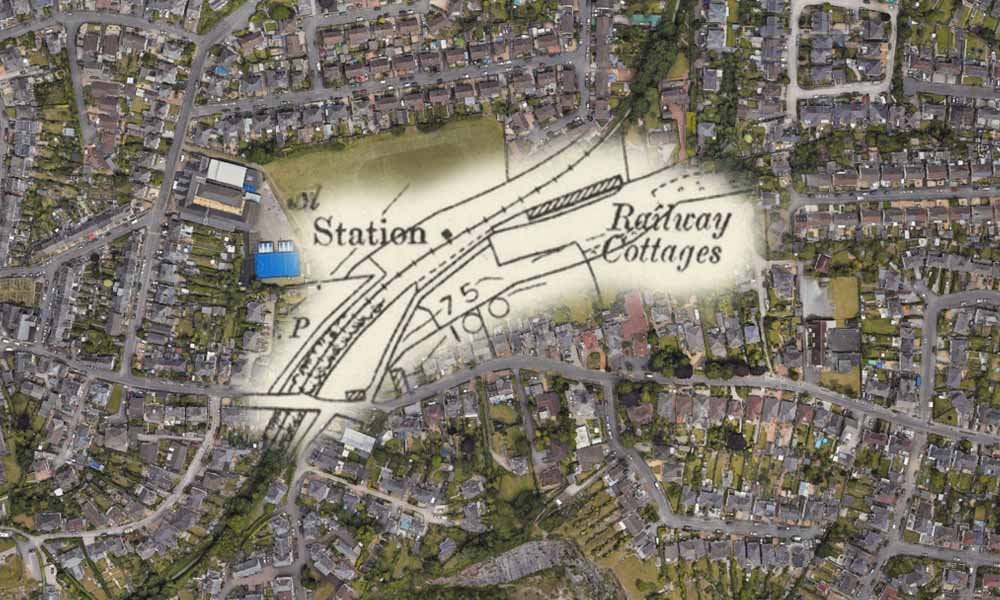
A Pictorial History
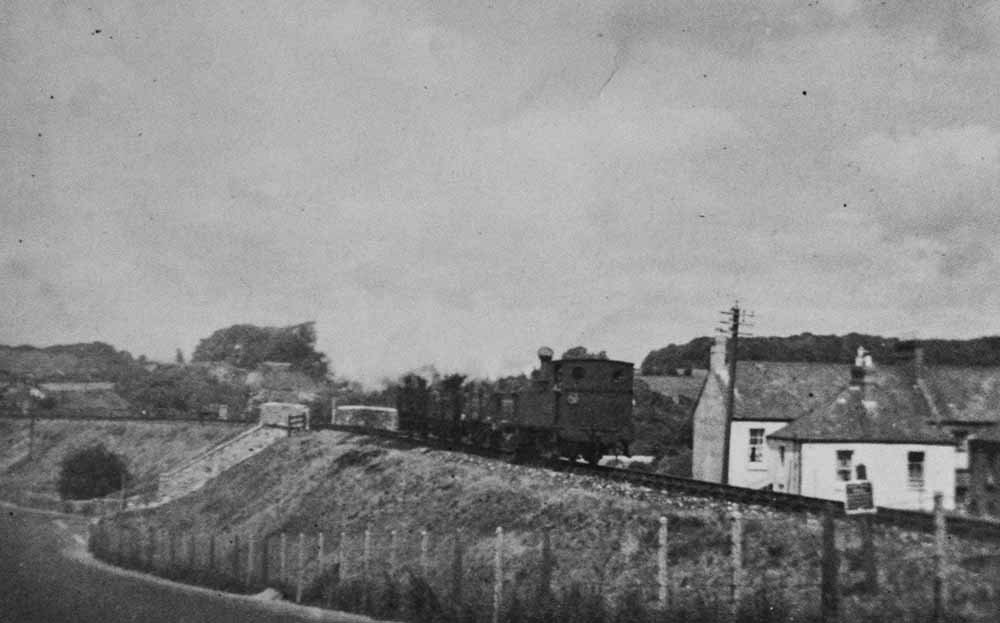
Leaving Plymstock the line went over Stamps Bridge. A Class B4 with a short goods train for Turnchapel has just crossed, taken in June 1954. – Image by R. C. Sambourne
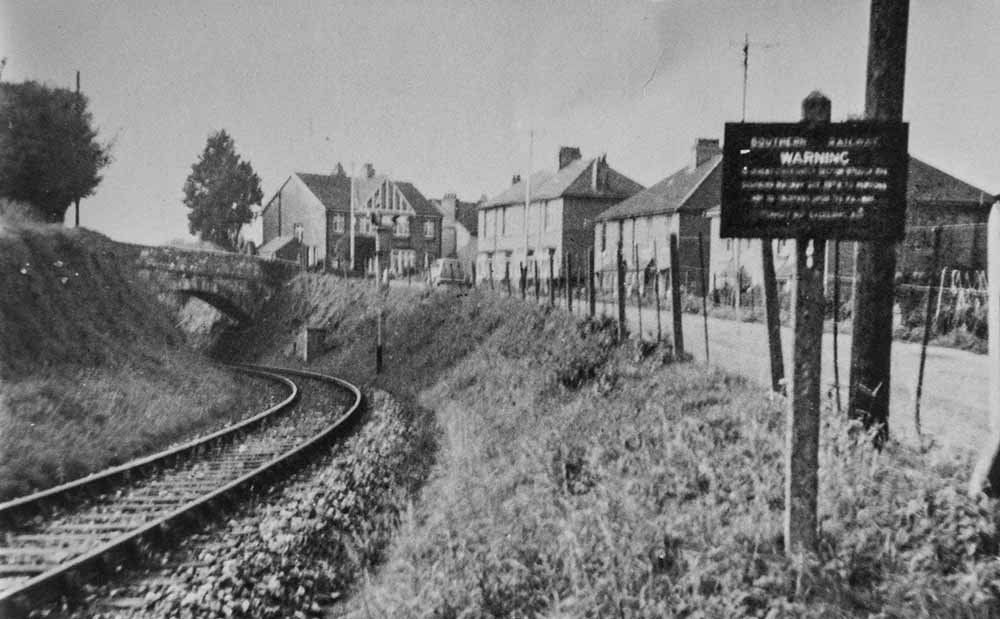
This was bridge No. 6, during the 1950s, showing the road into Oreston Station at the rear of Turnchapel Up fixed distant signal. – Image by W. E. Stevens
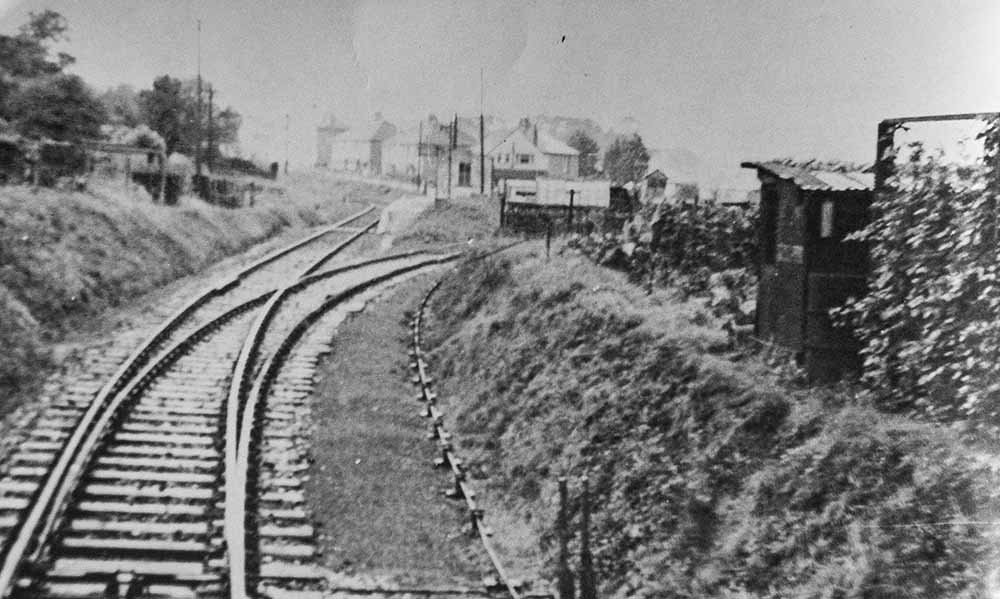
Oreston Station showing F. J. Moores’s private siding and loading dock, this angle was looking towards Turnchapel. Image by W. E. Stevens
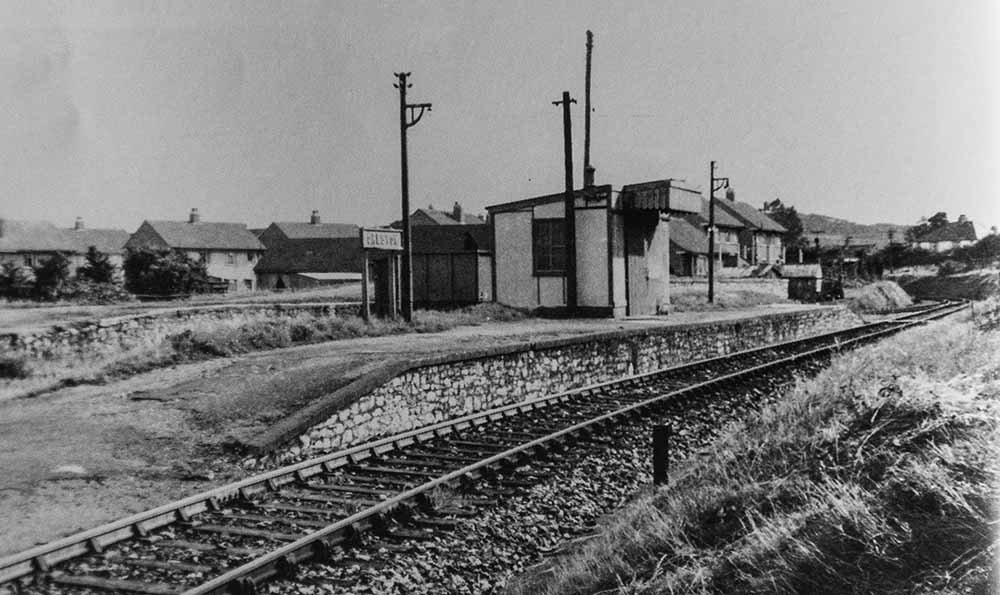
This was the station, after the closure to passengers, this time looking towards Plymstock. Image by Lens of Sutton
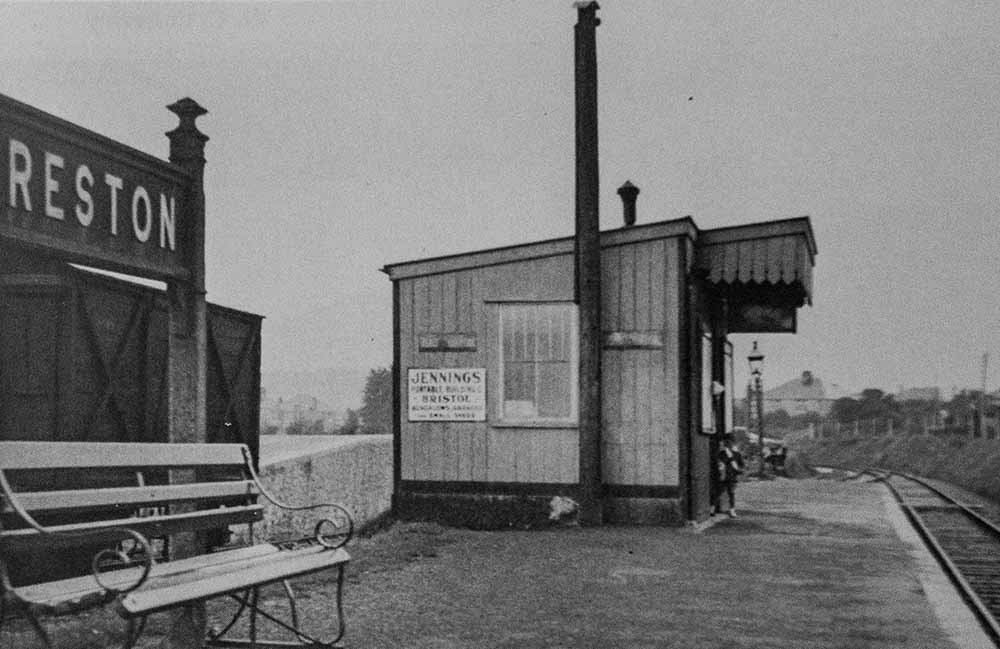
This was the station in the BR days, again, looking towards Plymstock. Image by W. E. Stevens
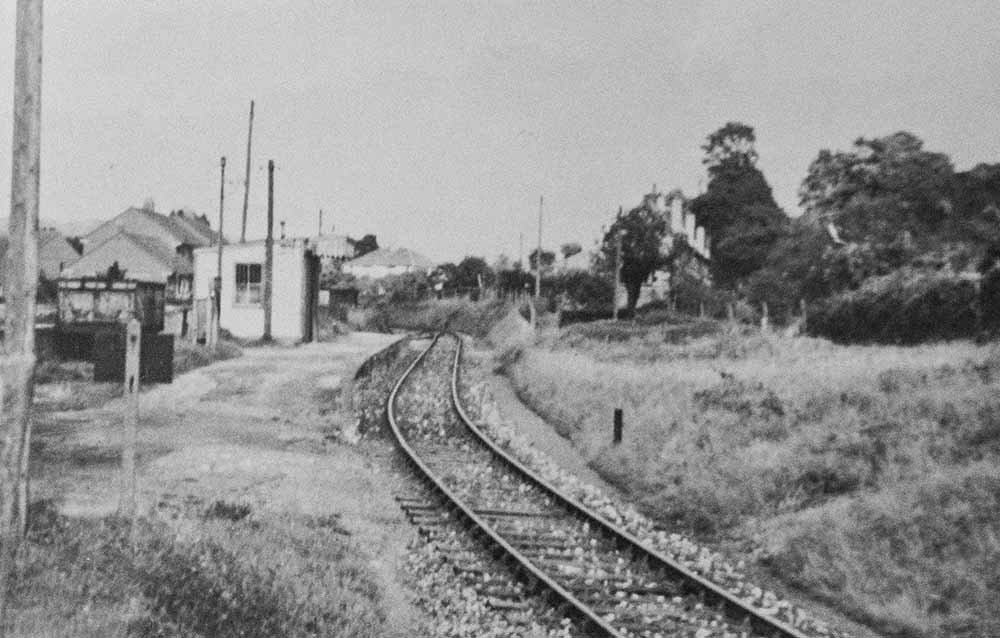
This was Oreston in the LSWR days, again, looking towards Plymstock. Image by Anthony Kingdom
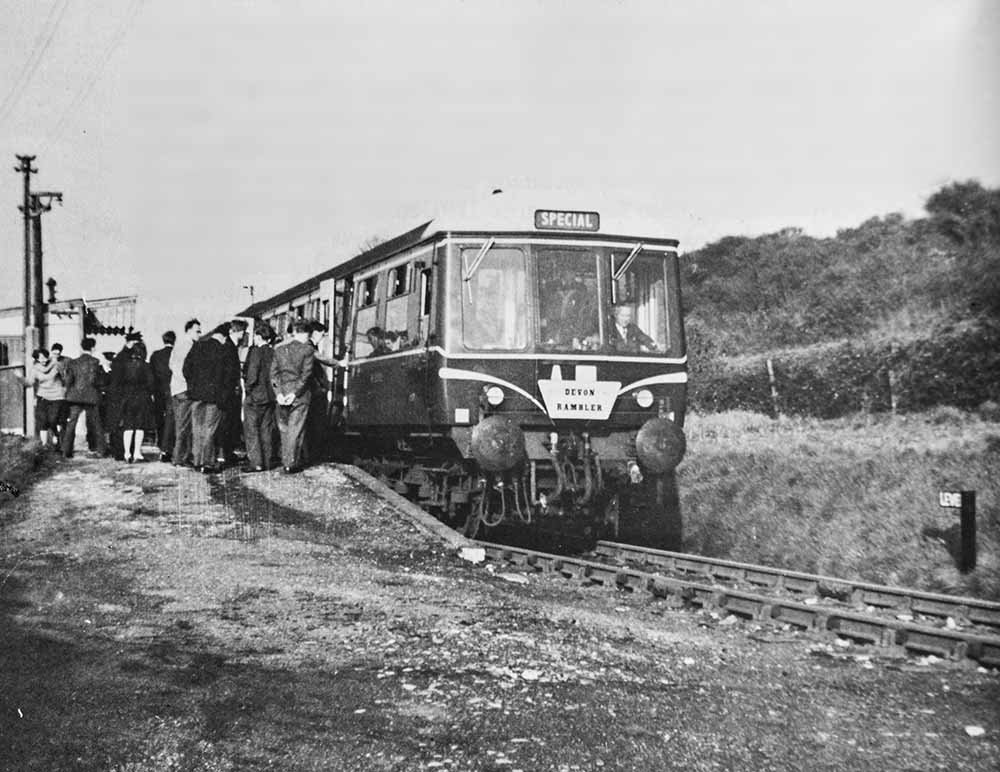
On the 11th April 1959, The Devon Rambler, an R.E.C. special ran the line, in memorial of the line. Image by C. Fennamore
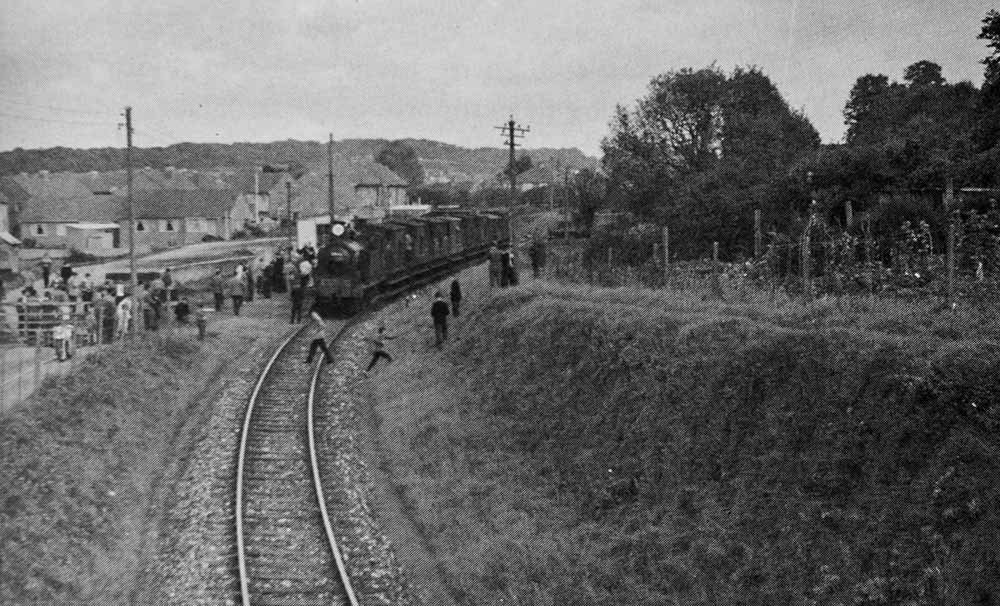
Back before the days of Health and Safety, as you can see children running across the line. The Plymouth Railway Circle had a ‘last run’ over the branch line on the 30th Sept 1961. Image by L. Crozier
Not the Only Way into Plymouth
The train wasn’t the only way into Plymouth, from Oreston you could catch the ferry, which ran from Turnchapel, to Oreston, to Plymouth and back.
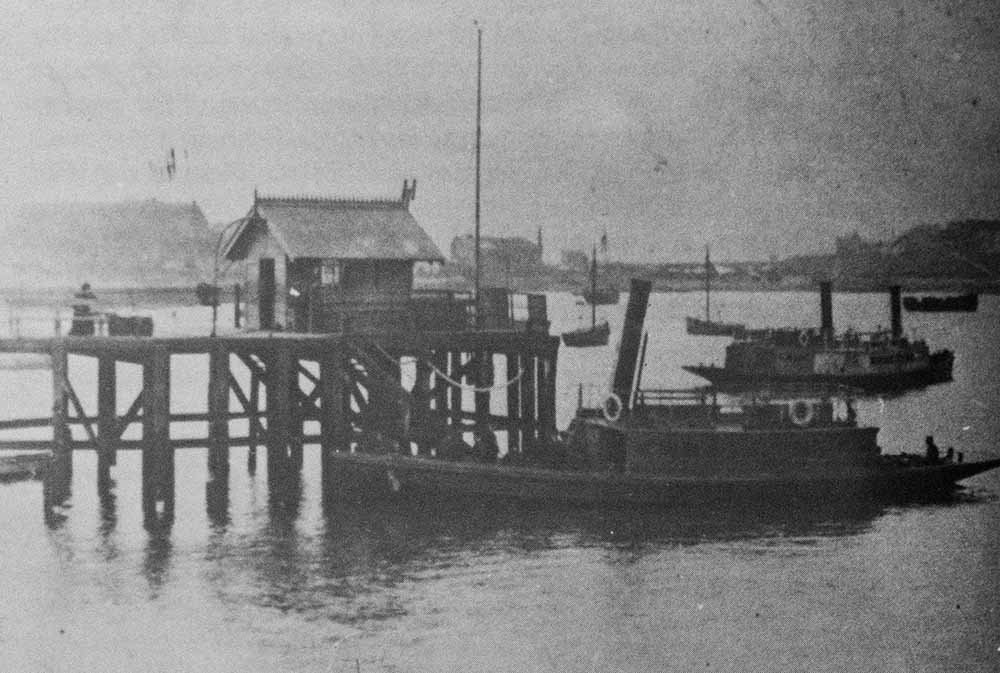
This was the Rapid, at Oreston Quay, taken circa 1950. Image by R. Lang
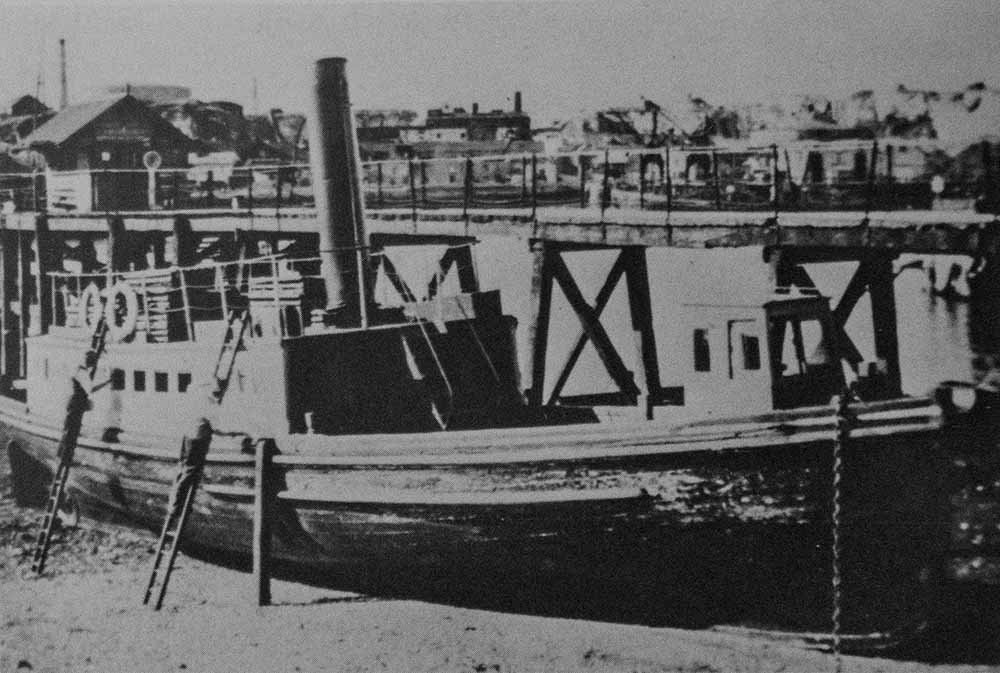
This was the Rapid, beached for repairs during the 1950s. This then had the wheel house at the bow of the ship. Image by R. Lang
Can you remember the name of the other two ferries that ran from Turnchapel to Oreston and into Plymouth? They were the Swift and the Lively.
Oreston Today
The station is one of the placed I have been to recently to update the video The Plymouth to Turnchapel and Cattewater Railway, which posted below. Here are some images of where the station used to stand.
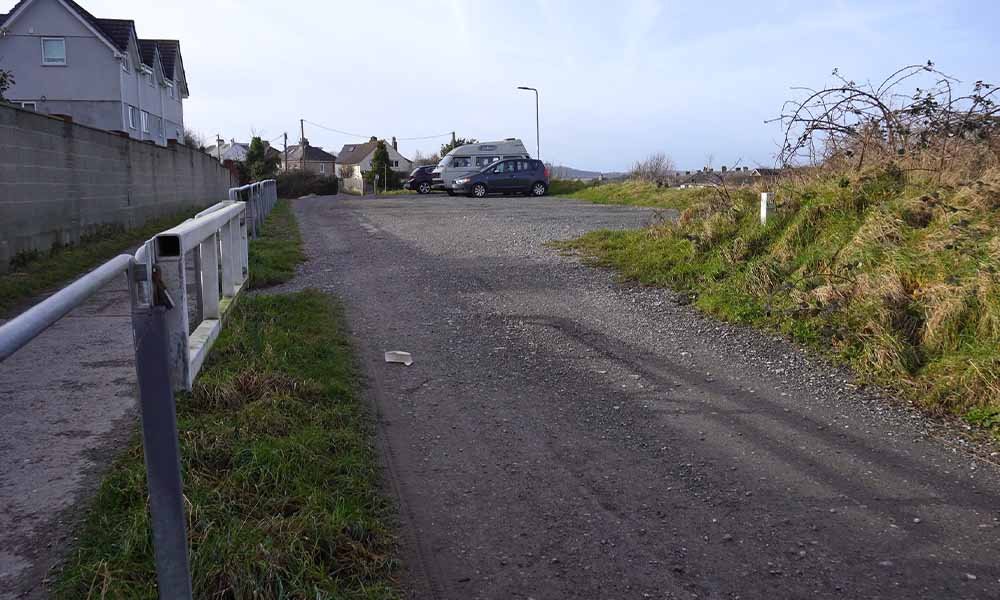
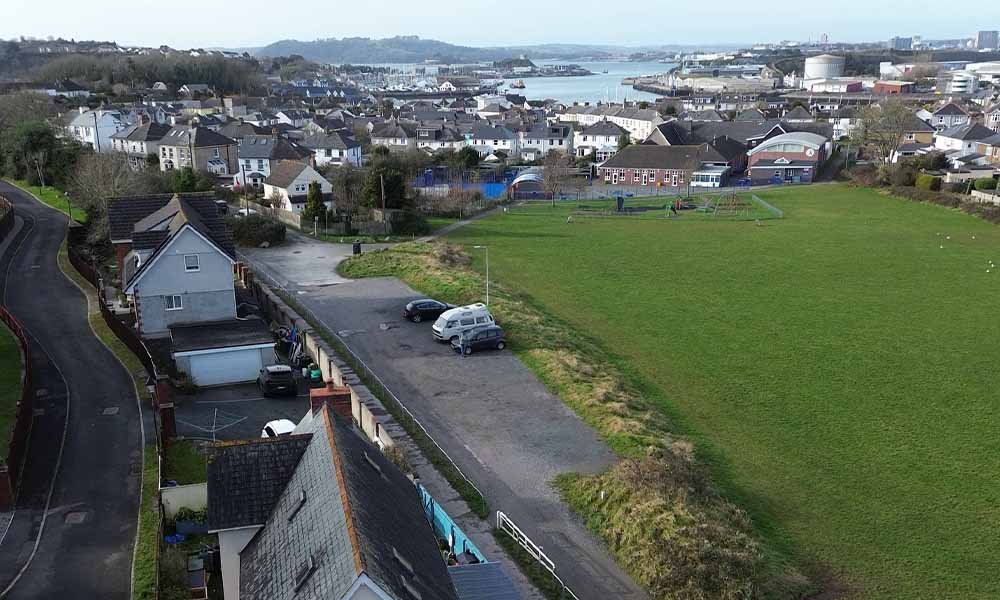
Looking towards Turnchapel, from the land and the air, you can still clearly see the outline of the station. The walkway is where the track bed was, you can still walk, almost, all of it, from Turnchapel into Friary, and then into Plymouth City Centre.
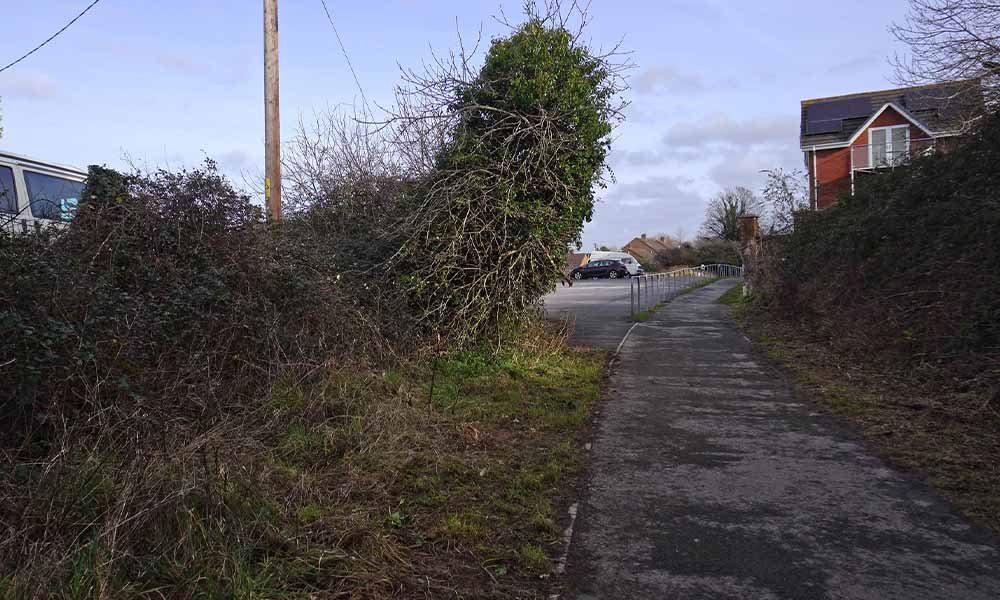
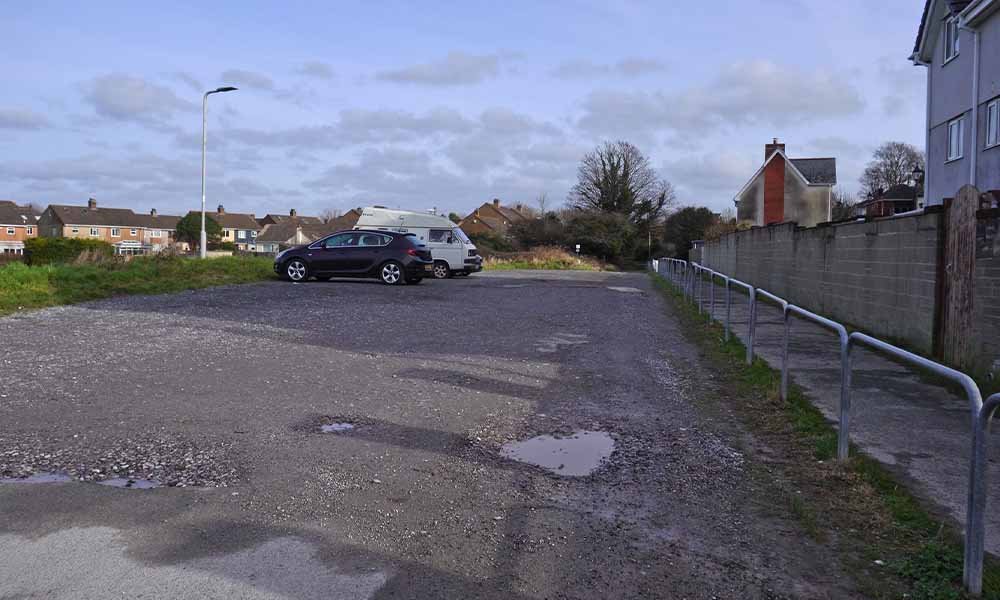
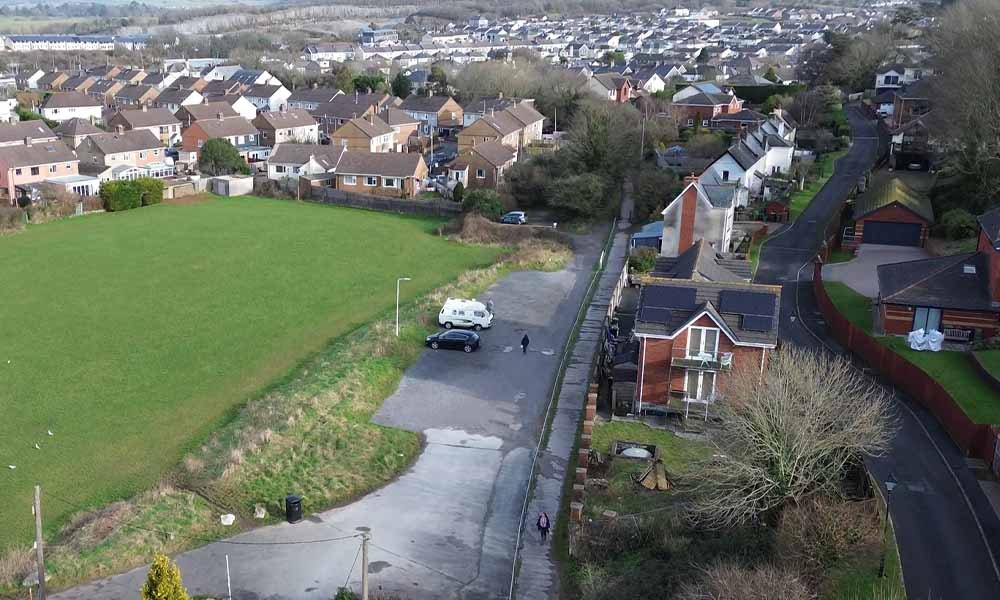
This time, looking towards Plymstock, again, from the land and the air. The track bed is more visible and you can see where the station was, is now a car park.
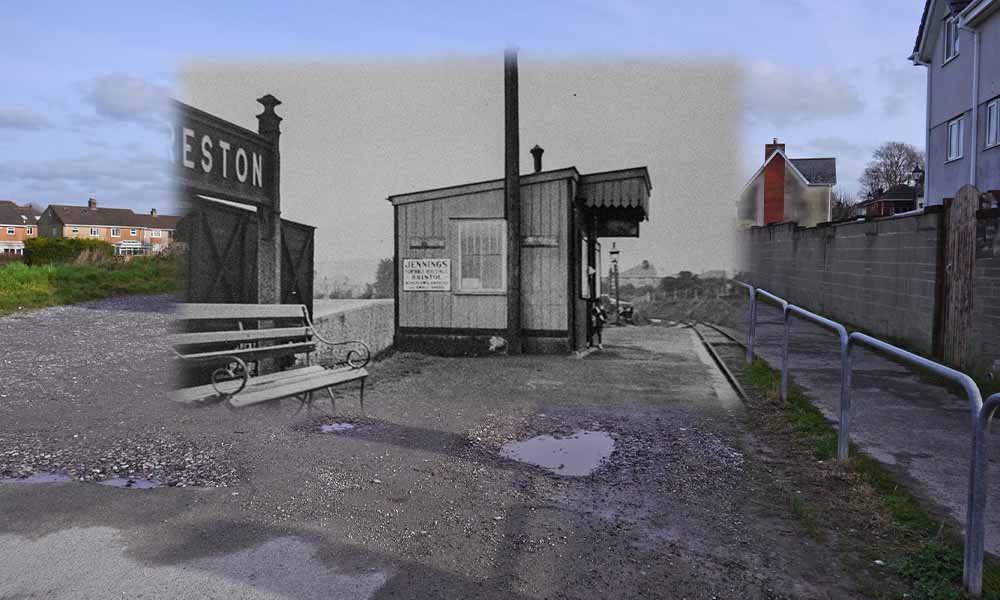
Such a simple halt, but meant so much to the locals.
Oreston on Video
These images are included on a video I made with my father, The Plymouth to Turnchapel & Cattewater Railway, which you can see, in full here.
A huge thank you to Anthony Kingdom for letting use the images from his book The Turnchapel Branch (including the Cattewater Goods Branch).

